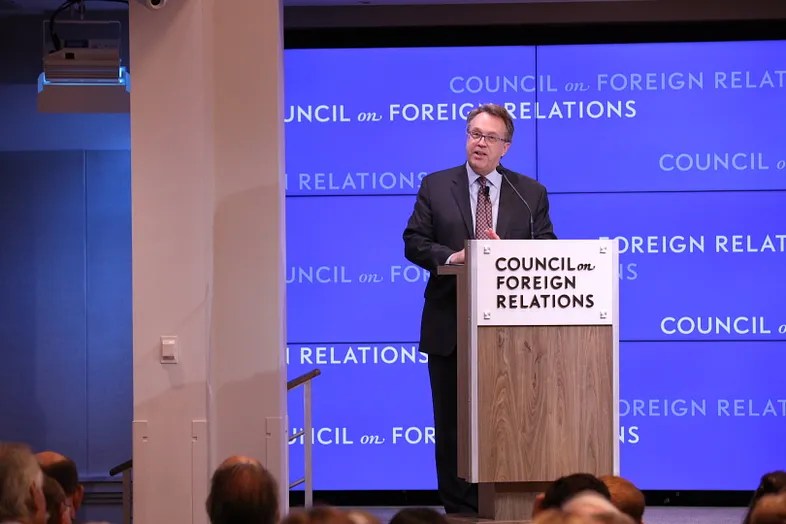
On Thursday, June 6, New York Fed President John Williams spoke to the Council on Foreign Relations. He discussed how changes to demographics and productivity growth are causing a step-down in the longer-term neutral rate of interest, or r-star.
He said:
“Two changes, unrelated to the crisis, have been taking place, causing a shift in economic conditions and quietly shaping the trajectories of advanced economies.”
“Shifts in demographics and productivity growth have fundamentally altered the economic environment in which we operate.”
“This poses significant challenges for monetary policy. When interest rates are low, central banks don’t have much room to maneuver to deal with a crisis.”
In his speech, President Williams described how “slower population and productivity growth translate directly into slower trend economic growth.” He noted that this has contributed to “dramatic declines in the longer-term neutral rate of interest, or r-star.” He pointed to evidence from a number of developed economies, indicating that the decline in r-star is not confined to the United States.
President Williams went on to describe how in a low-interest-rate environment central banks have fewer tools at their disposal to deal with a crisis. “They will only be able to cut interest rates by a small amount before they hit zero,” he said. “The result is that future recoveries will be slow, and slow growth is usually characterized by low inflation.”
Turning to solutions, President Williams noted that “There’s no single silver bullet that can solve these challenges,” and added that “Starting with monetary policy, central banks should reassess their strategies, goals, and the tools they use to achieve them.” He also noted that fiscal and economic policies “can attack the sources of slow growth and low r-star directly.”
He pointed to “raising public and private investment in human and physical capital, infrastructure, and science and technology, as well as removing barriers to participation in the labor force and the economy more broadly,” as possible policy solutions.
This article was originally published by the New York Fed on Medium.
The views expressed in this article are those of the contributing authors and do not necessarily reflect the position of the New York Fed or the Federal Reserve System.










